So, for larger networks with large data sets, they take a while to train. It would be awesome if there was a way to share the computing time across multiple machines. However, the issue with that is that when a neural network is training, the weights are constantly being altered every iteration, and each iteration is more or less based on the last -- which makes the idea of distributed computing at the very least a challenge.
I've thought that for each portion of the network, the server could send maybe a 1000 sets of data to train a network on... but... you'd have roughly the same computing time as I wouldn't be able to train on 开发者_Python百科different sets of data simultaneously (which is what I want to do).
But even if I could split up the network's training into blocks of different data sets to train on, how would I know when I'm done with that set of data? especially if the amount of data sent to the client machine isn't enough to achieve the desired error?
I welcome all ideas.
Quoting http://en.wikipedia.org/wiki/Backpropagation#Multithreaded_Backpropagation:
When multicore computers are used multithreaded techniques can greatly decrease the amount of time that backpropagation takes to converge. If batching is being used, it is relatively simple to adapt the backpropagation algorithm to operate in a multithreaded manner.
The training data is broken up into equally large batches for each of the threads. Each thread executes the forward and backward propagations. The weight and threshold deltas are summed for each of the threads. At the end of each iteration all threads must pause briefly for the weight and threshold deltas to be summed and applied to the neural network.
which is essentially what other answers here describe.
Depending on your ANN model you can exploit some parallelism on multiple machines by running the same model with the same training and validation data on multiple machines but set different ANN properies; initial values, ANN parameters, noise etc, for different runs.
I used to do this a lot to make sure I'd explored the problem space effectively and wasn't stuck in local minima etc. This is a very easy way to take advantage of multiple machines without having to recode your algorith. Just another approach you might want to consider.
My assumption is you have more than 1 training set, and you have a gold standard. Also, I assume you have some way of storing the state of the neural network (whether it's a list of probability weights for each node, or something along those lines).
Using as many compute nodes in a cluster as you can, launch the program on a data set on each node. Save the results for each, and test on the gold standard. Which ever neural network state performs best set as the input for the next round of training. Repeat as much as you see fit
If I understand correctly, you're trying to figure out a way to train an ANN on a cluster of machines? As you stated, partitioning the network isn't the right approach, and as far as I know, is seemingly unfeasible for most models. A possible approach might be to partition the training sets and run local copies of your network, and then merge the results. An intuitive way to do this and gain some validation along the way would be with cross-validation. As you stated, knowing when the network has had the right amount of training is a problem, but that variability is a problem inherent to neural nets in general, not in parallelizing the work.
As you also stated, the updates that happen during each iteration of training are dependent on the current state of the weights, but without mixing up training sets/validation, you're likely overfitting. This is why CV is nice, because your training sets will all get a chance to play a role in the training, and the validating, across multiple samples.
If you do batch training, the weight are only altered after you have been through the entire dataset. You can compute the weight update vector for each data point in the set on a separate machine/core and add them up at the end, then proceed with the next epoch.
Here is a link to a question about batch training.

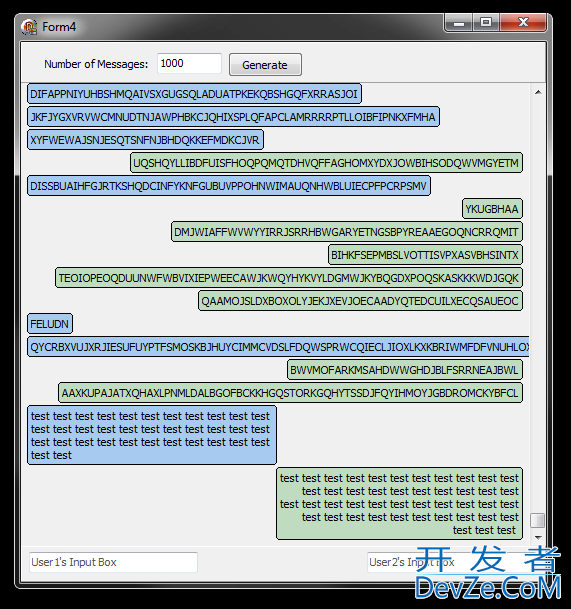
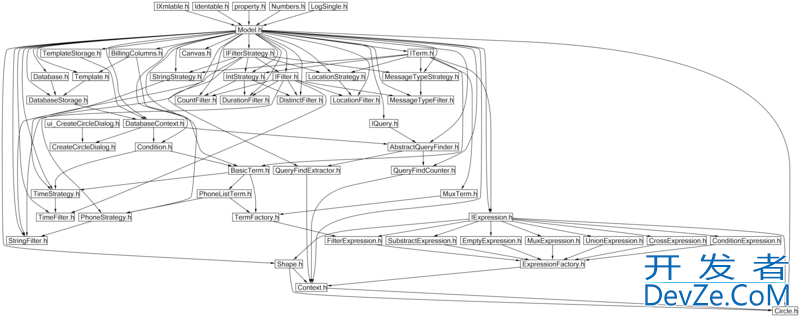
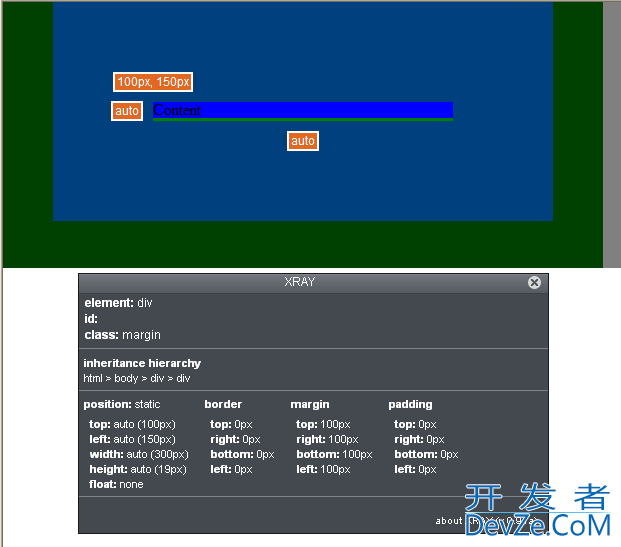

![Interactive visualization of a graph in python [closed]](https://www.devze.com/res/2023/04-10/09/92d32fe8c0d22fb96bd6f6e8b7d1f457.gif)
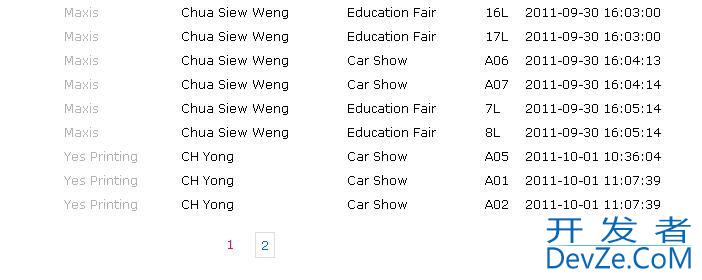
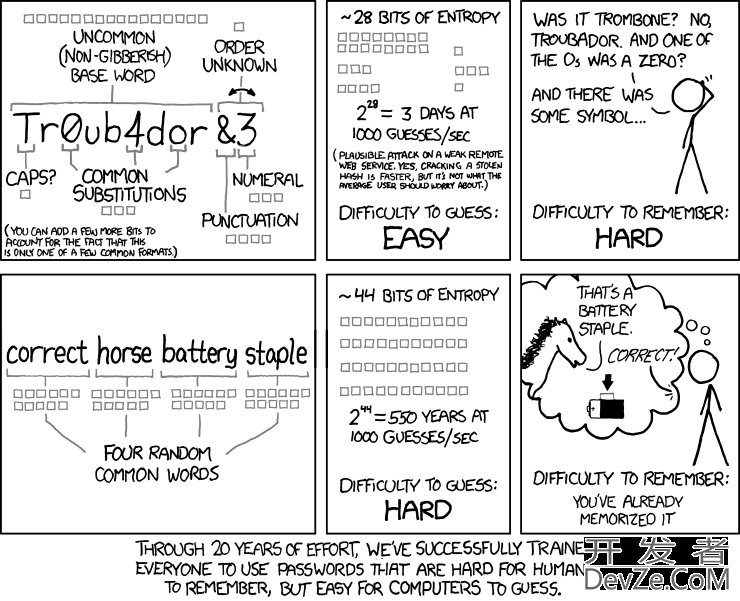

 加载中,请稍侯......
加载中,请稍侯......
精彩评论